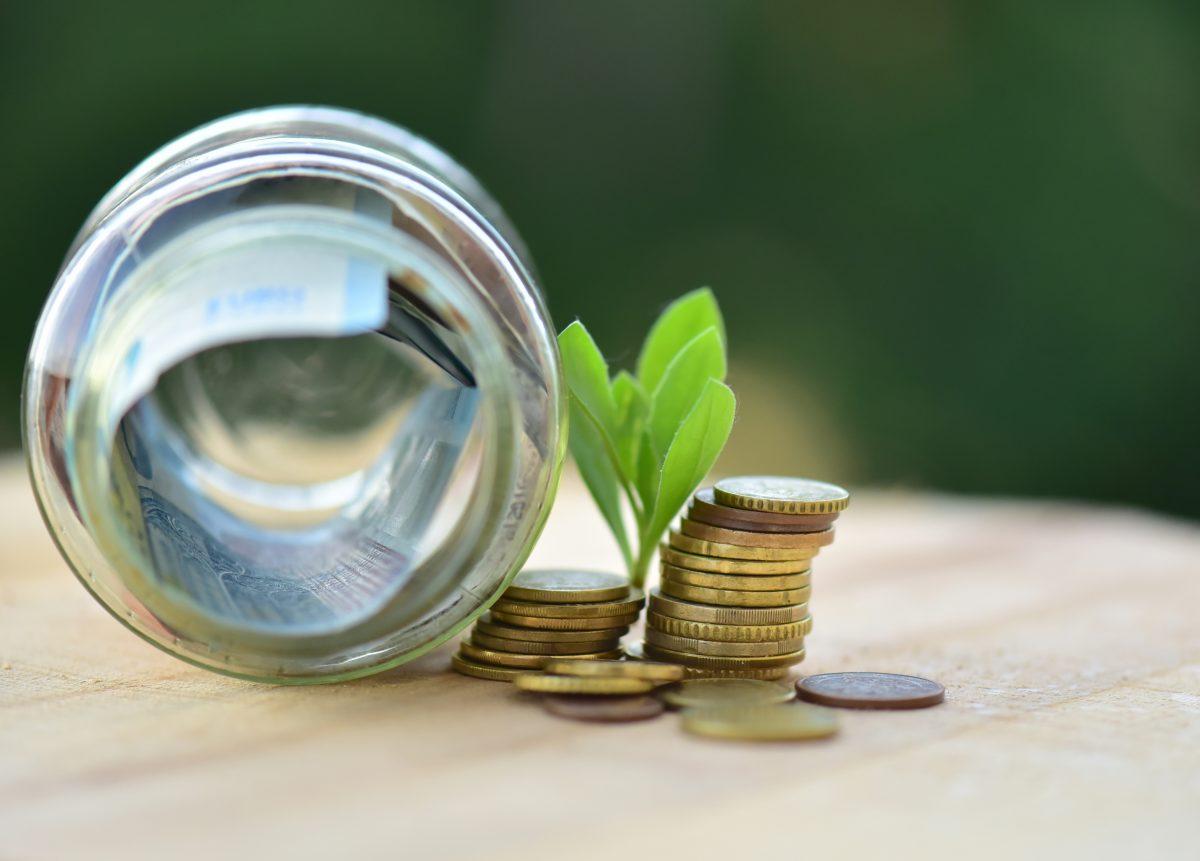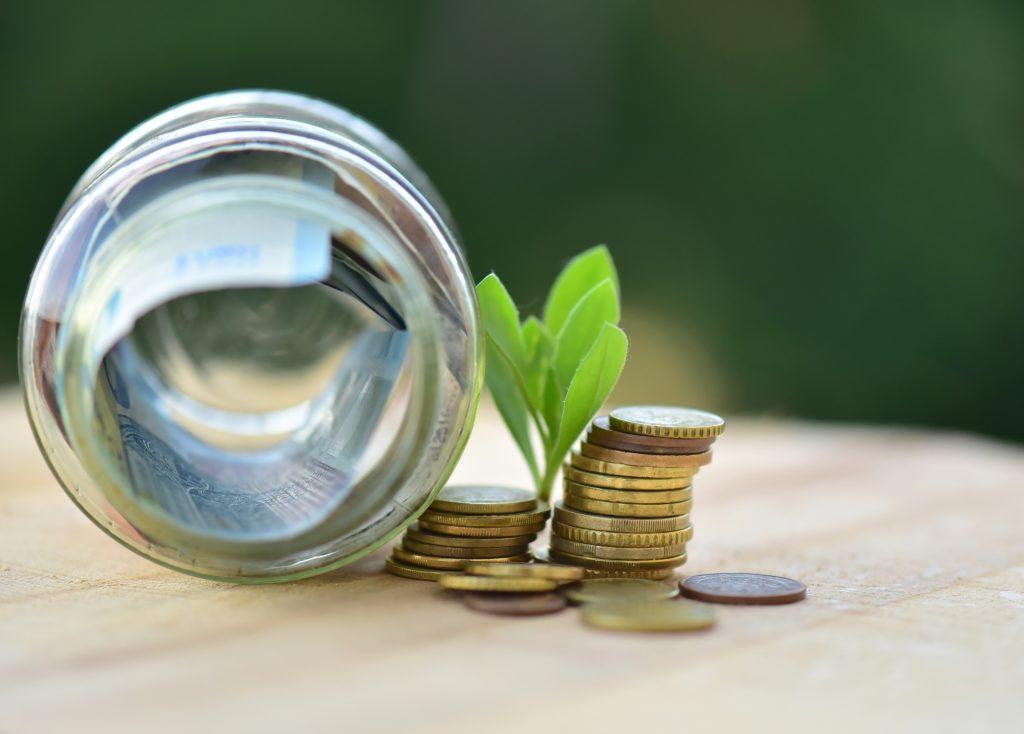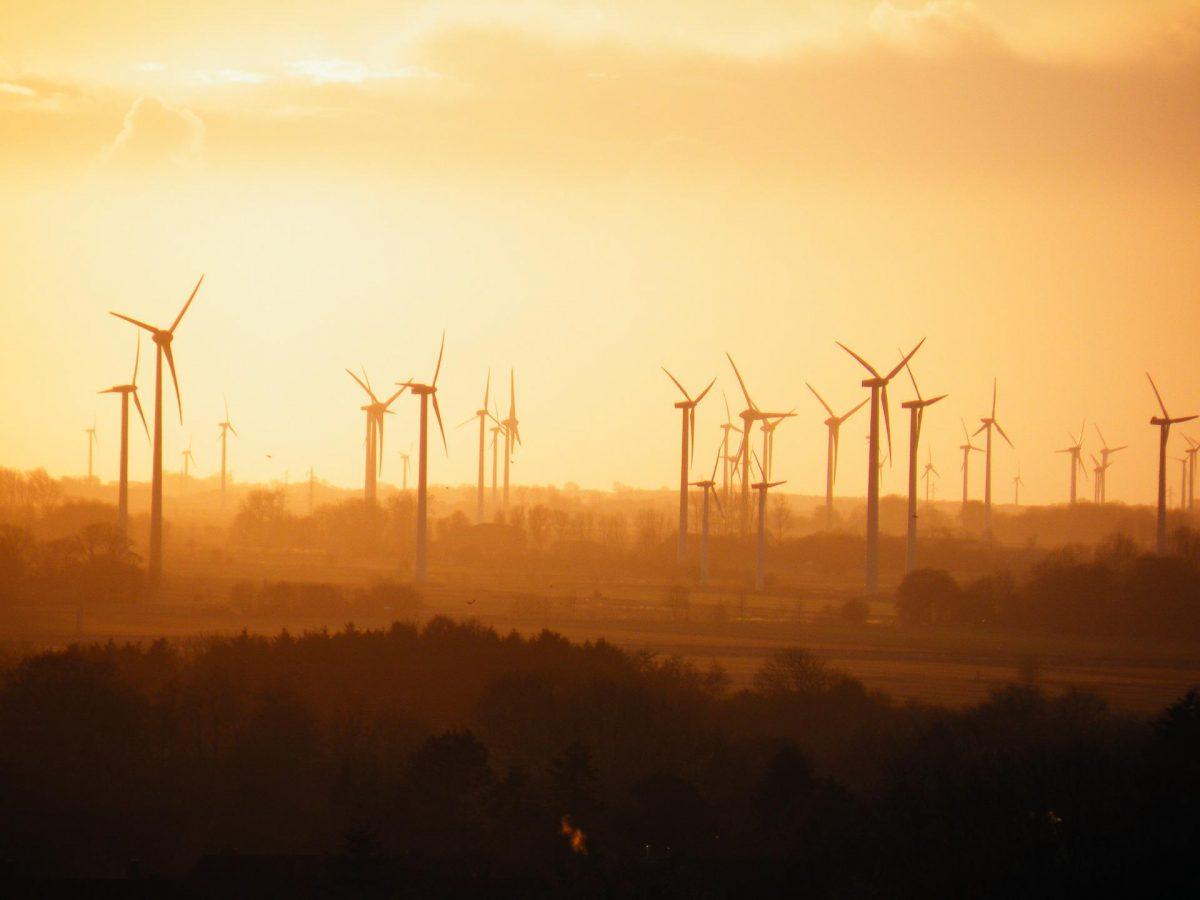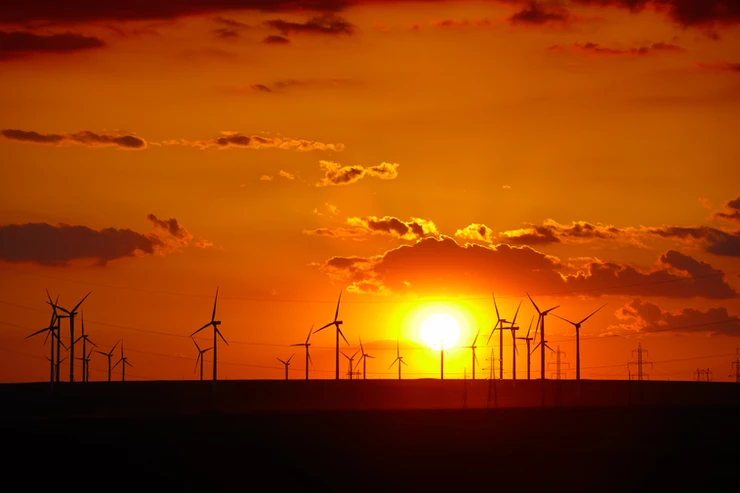A better, more sustainable fertilizer production industry and application management regulations and training for farmers, alongside regenerative solutions, could dramatically reduce emissions from farming, while still feeding a booming world population.
Here at Climate Reality, we’ve long taken a keen interest in climate-smart agriculture and the ways farmers and gardeners can do their part to help turn the tide on climate by taking action to fight this crisis.
From edible landscaping and “lasagna gardening” to industrial-scale regenerative farming, the ways we grow food have a vital role to play in helping us end the climate crisis, and create a safe, sustainable future without carbon pollution. One where we can provide our booming world population with fresh, healthy food grown in a sustainable ecosystem.
Our focus has largely been on solutions. Things like, tips and tricks for everyday gardeners and hobby farmers to help lower their respective carbon footprints. Or overviews of larger, system-wide changes that need to be advocated for to reduce emissions from one of our biggest sources of atmospheric carbon dioxide (CO2), the greenhouse gas (GHG) most responsible for the changes we are seeing in our climate today.
But for all of our coverage, we’ve left one big, 500-million-tons-of-CO2-sized elephant in the cornfield: synthetic fertilizers.
SO, HOW BAD IS IT?
There are plenty of reasons to be weary of synthetic fertilizers.
Chemical runoff from haphazardly applied fertilizer can drain into streams and lakes, leading to recurrent algal blooms that kill fish and other marine life in places like Lake Erie and “dead zones” in the Gulf of Mexico. There’s also the matter of it then making its way into our groundwater and reservoirs, contaminating fresh drinking water depended on by people just like you and me.
Misapplication of fertilizers and other soil amendments can disrupt the natural relationship between microorganisms and plant roots, damaging the long-term health of both the plant and the soil (and making both reliant on further application of fertilizer).
Its production can also be incredibly dangerous, as thousands of Winston-Salem, North Carolina residents learned just a few weeks ago, when a fire at a fertilizer plant there led to an evacuation order because of the risk of an explosion.
When it comes to our climate alone, however, it’s the manufacturing of synthetic fertilizers that really gets our goat.
But we’ll get to that after a brief history lesson, courtesy of the United Nations Environment Programme:
At the start of the 20th century, German chemists Fritz Haber and Carl Bosch developed a method for taking nitrogen from the air and melding it with hydrogen. It would prove to be one of the great scientific advances of the century.
Combined, the two elements made liquid ammonia, a key ingredient in synthetic fertilizers, which would drive an unprecedented agricultural expansion and help feed a fast-growing world.
The thing about that “method” they invented? (Well, the modern iteration of it, at least.) It takes a lot of energy. Energy that comes from burning lots of coal, oil, and natural gas. Which emits a lot of CO2 into the atmosphere, causing our planet to warm faster than at any time in recorded history and our climate to change in ways that could undermine its capacity to support a large and thriving human population.
All told, ammonia production accounts for about 1.8% of global CO2 emissions.
Together with forestry and other land use, agriculture is responsible for just under 25 percent of all human-created GHG emissions. With fertilizers, we’re only talking about a small piece of that very big pie; however, it’s a piece that has an outsized impact.
“Four to six tons of carbon are typically emitted into the atmosphere per ton of nitrogen manufactured,” according to Dr. David Wolfe, professor of plant and soil ecology in the School of Integrative Plant Science at Cornell University. “Anything you can do to be more efficient and conservative about nitrogen use is one of the biggest things you can do in the garden.”
WHAT HE SAID – BECAUSE WE NEED FERTILIZER
It’s tempting here to go all-in on compost, worm castings, manures, and other natural soil amendments to perk up your plants. To preach the gospel of sheet composting, a cold composting method where alternating layers of carbon and nitrogen materials are placed directly on the soil and break down over time, turning into a fantastic growing medium.
We’ve written reams on the enormous benefits of climate-smart gardening and large-scale regenerative agriculture, and even an entire e-book on the importance of soil health and its role in fighting climate change (download it for free here).
And it’s all true, of course. Every word. The future of food is kind of a big deal around our (virtual) office.
We really do need to broadly deploy regenerative practices like conservation tillage to sequester more carbon where it belongs (in the ground); help diminish erosion, runoff, and other soil damage at the same time that climate change makes each more likely; and grow healthy, resilient crops that can better withstand impacts like heavy precipitation and drought.
The food-growing status quo simply isn’t going to cut it in a world that needs to reach net-zero GHG emissions by 2050 or earlier.
But here’s the thing: We also can’t walk away from human-made, non-organic fertilizers entirely. Not really, and certainly not right now; not without harming some of the most vulnerable people and communities in the world.
“Globally, synthetic fertilizers are behind the bulk of global food production and they’re especially important in developing countries,” the UNEP writes.
Indeed, it’s estimated that fertilizer use contributes to around half of all food production around the world.
And notably, fertilizers “play a key role in reducing micronutrient deficiencies in people: the fertilizer fortification of staple food crops with micronutrients (also known as agronomic biofortification) has alleviated deficiencies in zinc, selenium, and iodine in communities around the world,” according to the International Fertilizer Association (IFA).
With the global population expected to grow from nearly 7.7 billion today to 9.7 billion in 2050, demand for food is likely to explode around 60% compared to what it was in 2005. At the same time, increased levels of CO2 in the atmosphere are making some foods less nutritious.
So what do we do, knowing that synthetic fertilizer is both a major emitter of the GHGs driving global warming and a dangerous environmental pollutant – but that it is also necessary for providing food security to billions of people all around the globe?
WE CAN IMPROVE HOW IT’S MADE…
Remember, synthetic fertilizers require a lot of energy to manufacture. We already know that. But did you know that fertilizers also produce GHGs after they’ve been applied to fields?
It’s true: On average, crops only take up about half of the nitrogen they get from fertilizers. Of what’s left, what doesn’t run off into waterways mostly gets broken down by soil microbes, releasing nitrous oxide, a potent GHG with 300 times the planet-warming capacity as CO2, into the atmosphere. So things just keep getting better and better.
(Wouldn’t it be so much cooler if plants got their nitrogen from the air, absorbing it the way they do carbon dioxide? But no, they insist on getting it through the soil, creating this whole mess. Thanks for nothing, plants.)
By now, two things should be clear –
- We need to be applying only the necessary amount of fertilizer and not a drop more (more on that below); and
- The fertilizer we do manufacture should be produced in as green and sustainable a way as possible.
That second one is easier said than done, but the right minds are on the case.
“Scientists and engineers are working to reduce the high temperature and pressure currently needed to manufacture ammonia. These changes would make it easier to run fertilizer plants entirely on renewable energy or other climate-friendly sources,” according to MIT. “They would also allow ammonia to be made in smaller factories, making fertilizer more accessible to farmers in developing nations.”
Some industries are harder to electrify than others because they require fuel that is high in energy density or heats to particularly high temperatures. Chemical manufacturing is one of them – but by targeting the production of hydrogen in the fertilizer creation process, manufacturers can dramatically reduce emissions.
In particular, they can employ carbon capture and storage (blue hydrogen), though this still involves the use of natural gas and other fossil fuels. It’s a good thing they can produce zero-carbon ammonia through the use of “green hydrogen,” which captures hydrogen from water molecules using renewable sources like wind and solar to power an electrolyzer.
More generally, green hydrogen could play a critical role in the decarbonization of the global economy. It remains a fairly new and somewhat niche energy presently, but holds huge promise in electrifying high-juice industries like steel manufacturing, aviation and shipping, which is why many nations have included hydrogen roadmaps as part of their plans to reduce greenhouse gas emissions in their power, transportation, or industrial sectors.
(There’s a lot more to talk about when it comes to green – truly green! – hydrogen. Learn more here.)
… AND HOW (AND HOW MUCH) IT’S APPLIED
To be clear, we’re definitely not talking about pumping the brakes on any nature-based solutions here. The many competing pressures of feeding a rapidly growing population while at the same time reining in the emissions driving widespread climate disruption and the escalating destruction that accompanies it requires a unified, all-hands-on-deck response.
That’s why we’re suggesting that they are going to have to work in concert with a better, more sustainable fertilizer production industry and regulations and training that encourage farmers to apply only the exact amount of the necessary fertilizer that each individual crop needs exactly when it needs it.
For some reason, that’s not the case today. We have policies that *checks notes* “at present encourage farmers to apply more fertilizers to their fields than they need.” Because of all the good all that extra fertilizer does when it makes it into Lake Erie, like we talked about earlier, we can only presume.
No – the correct and balanced application of soil amendments is necessary to “sustainably increasing agricultural productivity and incomes; adapting and building resilience to climate change; and reducing and/or removing greenhouse gas emissions, where possible.” But don’t take our word for it; the preceding is in quotes because it’s part of the UN Food and Agricultural Organization’s definition of climate-smart agriculture (CSA).
So how do we actually do it? The IFA has some ideas.
“The fertilizer industry promotes nutrient stewardship programmes and fertilizer best management practices (FBMPs) in order to encourage farmers to use fertilizers in an effective and efficient way,” IFA writes. “FBMPs refer to site- and crop-specific production techniques and practices developed through agronomic research, verified and continuously adapted in the fields to maximize economic, social, and environmental benefits.”
Site- and crop-specific nutrient management has proven an efficient way to reduce emissions associated with the use of nitrogen fertilizers while still getting crops the nutrients they need to succeed. It deploys four principles – source (what), rate (how much), time (when), and place (where) – to determine minimal necessary input to optimize plant uptake and eventual crop output.
At the end of the day, what we’re really talking about here is producing as little fertilizer as possible and using only what is truly necessary very deliberately to maximize plant resilience and carbon sequestration while minimizing nutrient losses to the environment and polluting run off.
So while we may need some synthetic fertilizers to facilitate agriculture, particularly in the developing world, at a time when about 50% of nitrogen applied to crops is lost to the environment, we also need to be producing much less of it and using it much, much more efficiently.
WHAT YOU CAN DO
Reducing GHG emissions from the whole of the agriculture sector, including from fertilizer production and application, while ensuring global food security is essential to ending the climate crisis.
Period. Point blank. With a bow on top.
It’s a critical challenge. But you don’t have to manage a thousand acres to do something real about it.
You don’t even have to leave your own backyard to get started.
First, be the change you want to see and do your part:
- Spring Into Action: 6 Tips For Climate-Smart Gardening
- What to Plant In A Warming World
- Take Climate Action By Transforming Your Lawn With Edible Landscaping
- ‘Lasagna Gardening’: Grow Healthy Veggies While Taking Climate Action
And if you do need to pick up some synthetic fertilizer, keep in mind what you’ve just read. Only purchase what you need (source), apply it exactly as directed (rate) at the correct time for fertilization for that specific plant (time), and be sure to apply it directly near the plant roots (place).
Plus, many soil amendment manufacturers are every bit as worried about the future of our climate as you are – and that’s why they’re already using renewable resources like solar, wind, and recycled food waste in their production processes.
So be on the lookout for stamps, stickers, or direct branding on products that indicate the manufacturer is using sustainable methods in their production.
And when your neighbors, colleagues, or family members ask what you’re up to, tell them you are taking action for the planet. Sometimes, the most powerful climate action you can take is simply talking about the crisis and the ways we can fight it and win together.
Sign up below to join Climate Reality’s email list and we’ll keep you posted on the latest developments in climate policy and how you can help solve the climate crisis.
Source: www.climaterealityproject.org/blog/fertilizers-are-necessary-and-only-evil-we-let-them-be













